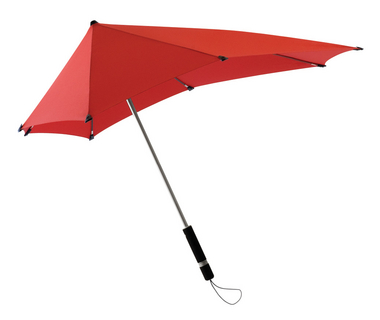 Let efficiency be your umbrella.
Let efficiency be your umbrella.
With good design, everyday objects become a joy to use, and a well-designed instrument prompts users to apply it the right way—in short, good design eases our lives. The SAT, however, is not intended to ease a student’s life. A “good” test would act like a well-drawn diagram and prompt test-takers towards the right answer. Instead, confusing diagrams and extraneous information hide important information and turn simple problems into hard ones.
One of the greatest challenges for many of my students is the immense time pressure. Exploiting this vulnerability, the writers of the SAT plan questions that can either be solved quickly (by seeing patterns) or slowly (by brute force or plugging in all the answer choices).
In thinking about how to solve the problem of time pressures, I turned to Frank Gilbreth, generally acknowledged to be one of the first people who to increased efficiency by minimizing wasted effort. Frank's insights are all around us. Turn on any show about medicine and you’ll inevitably see an operating doctor stretch out his hand so that a nurse can hand over the necessary tool. Before Frank Gilbreth, doctors just searched for tools themselves, taking valuable time away from the operation while the patient continued to bleed in front of them.
 Be like this guy!
Be like this guy!
As a student taking the SAT, the same principles apply. Staring at confusing diagrams takes time. If you’re one of many students who struggle with time management, you should see the same opportunity that Frank Gilbreth saw in his scrabbling doctors by looking for common themes like triangles with special properties (45, 45, 90, or 30, 60, 90) patterns, or congruent angles. While practicing for the SAT, teach yourself, or talk to a tutor about how to recognize ways to simplify difficult math problems. Then, enjoy finessing once-difficult problems, and spending that time where you truly need it.
Comments